Table of Contents
The Gilgo Beach Murders: A Series of Disappearances
During the weekend of July 6, 2007, Maureen Brainard-Barnes, a 25-year-old mother, placed a call from Manhattan’s Port Authority bus station to a friend, seeking a ride. Tragically, that call marked the last time anyone heard from her. Two years later, in July 2009, Melissa Barthelemy went missing, followed by Megan Waterman in June 2010, and Amber Lynn Costello in September 2010.
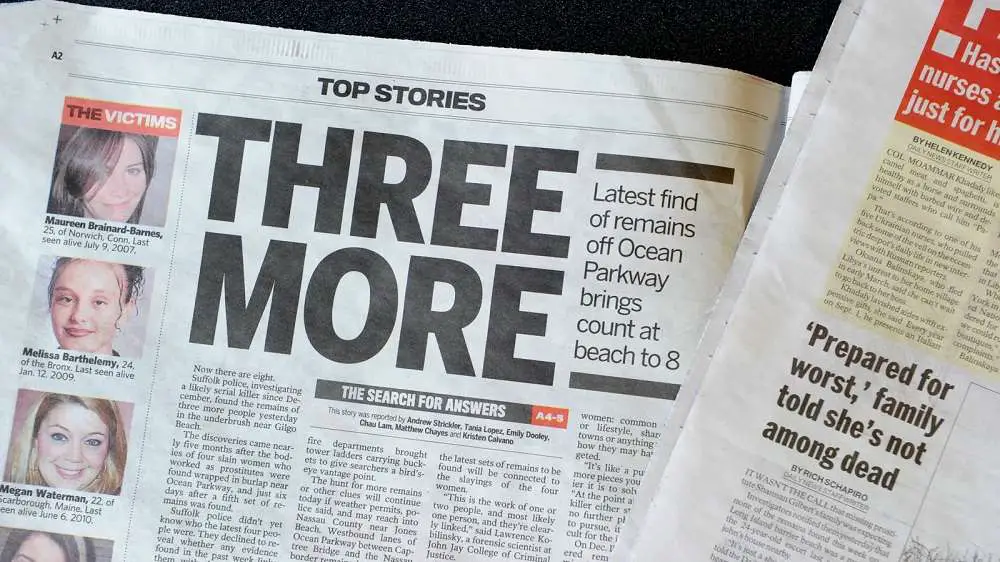
The bodies of these women were discovered on December 11 and 13, 2010, in the desolate shores of Gilgo Beach, situated on Jones Beach Island, just off Long Island’s South Shore. Thirteen long years later, a suspect connected to these gruesome Gilgo Beach murders, Rex Heuermann, has finally been arrested.
Multiple women vanishing under eerily similar circumstances should have raised a glaring red flag. However, the threat to these women was largely downplayed by law enforcement, likely because they were all sex workers who used platforms like Craigslist to connect with clients.
The grim reality is that violence against sex workers is alarmingly prevalent, and this vulnerable group is at a significantly higher risk of being targeted by serial killers. Shockingly, their murders are often dismissed and even exploited for entertainment.
A Disturbing Pattern

Statistics reveal a troubling pattern – women are disproportionately represented among victims of serial killers, and sex workers, in particular, face a heightened risk. A study cited in a 2011 Homicide Studies article, which examined victims during the early 1990s, found that 65% of victims of serial killers were women, and a staggering 78% of these female victims were sex workers.
An even more extensive study encompassing international serial killers over two centuries pointed to 73% of victims being women, with 23% of all victims identified as sex workers.
Contrary to a prevailing narrative suggesting that these killers harbor a personal vendetta against sex workers, criminologists assert that many of them simply target sex workers because they are more accessible, and unfortunately, law enforcement often does not prioritize their safety.
A Historical Pattern of Neglect
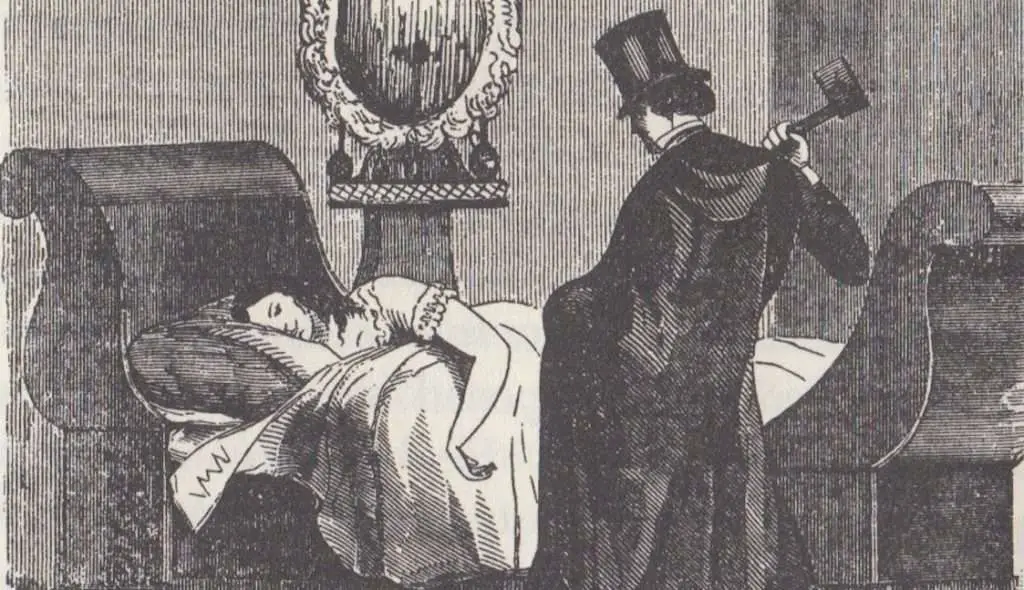
The history of violence against sex workers is marred by neglect and indifference from law enforcement and society at large. Going back to 1836, the murder of Helen Jewett and the subsequent trial of her killer, Richard P. Robinson, offer a stark example.
Helen Jewett, a well-known prostitute in New York City with influential clients, was brutally murdered, and her bed was set ablaze. Robinson, her murderer, was quickly apprehended and put on trial. Astonishingly, many in the city defended Robinson, with some blaming Jewett for supposedly luring a young man into the world of illicit sex.
Despite substantial evidence against Robinson, he was shockingly acquitted, and even men in the courtroom cheered the verdict. The case garnered such immense public interest that it led to a surge in circulation for The New York Herald, which published salacious details about Jewett’s body and the gruesome murder. In the years following the trial, articles continued to promise new revelations, and a wax exhibit was even constructed in Boston.
A decade later, in 1846, Mary Ann Bickford was discovered dead, her throat brutally slashed, and her body set on fire in a Boston boarding house. Bickford had previously engaged in an affair with Albert Tirrell after leaving her husband, resorting to prostitution in Boston.
Despite substantial evidence pointing towards Tirrell as the perpetrator, he was astonishingly acquitted. The defense’s feeble argument suggested that Bickford had taken her own life, despite witnesses hearing someone fleeing her room. Additionally, the defense proposed the bizarre theory that Tirrell was a sleepwalker who had unknowingly killed her while asleep.
From Jack the Ripper to Modern Times
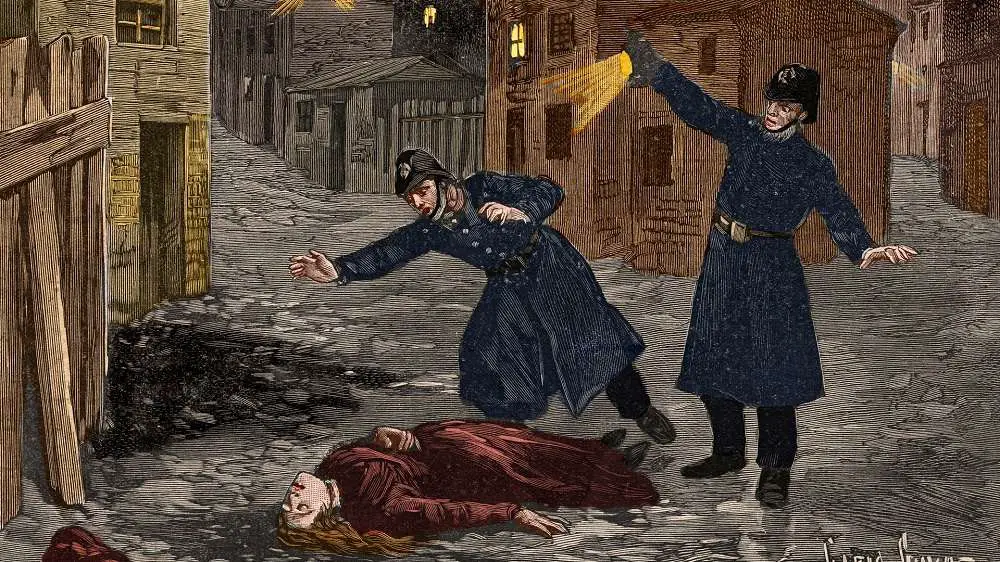
One of history’s most infamous serial killer cases unfolded in London’s Whitechapel neighborhood in the fall of 1888 when an unidentified man known as “Jack the Ripper” claimed the lives of at least five women. All five victims, murdered in gruesome ways, were believed to be sex workers.
While the London case garnered significant police attention and public concern, it was also exploited for prurient interest. Even then, violence against sex workers was often seen as an unfortunate consequence of their profession, a view that sadly persists today.
In the wake of the Jack the Ripper case, the United States saw a series of murders that led to headlines speculating about an American “Ripper,” particularly when sex workers were the victims. This type of sensationalism has plagued investigations into violence against sex workers for generations.
The Alarming Reality
Serial killers who target sex workers have been able to continue their heinous crimes because society often fails to value and protect these vulnerable individuals. The lack of a meaningful police response to the murder of sex workers allows these predators to evade justice repeatedly.
For example, Richard Cottingham, known as “The Torso Killer,” admitted to killing at least 17 victims between 1967 and 1980, several of whom were sex workers. Robert Hansen, infamously called “The Butcher Baker,” terrorized Alaska in the 1970s and ’80s, murdering 17 women, many of whom were sex workers. Gary Ridgeway, “The Green River Killer,” was convicted of killing 49 women and teenage girls in the 1980s and ’90s, with a significant portion of his victims being sex workers.
In 1984, a member of the task force investigating the Green River Killer acknowledged the skewed priorities of law enforcement, saying, “There was wide public attention in the Ted Bundy case… because the victims resembled everyone’s [sic] daughter…. But not everybody relates to prostitution on the Pacific Highway.”
A Persistent Pattern
Throughout the 1980s and ’90s, a wave of murders targeting mostly Black women sex workers in the Los Angeles area gained notoriety. Initially dubbed the work of the “Southside Slayer,” investigators later realized that at least three serial killers were operating in the area.
However, it took the murder of ten women for the police to notify the public, and another four victims for a task force to be established. Margaret Prescod, the founder of the Black Coalition Fighting Back Serial Murders, pointed out the racial disparities in the response, stating, “There’d be more response from the police if these were San Marino housewives. …If you’re Black and living on the fringe, your life isn’t worth much.”
The Samuel Little Case
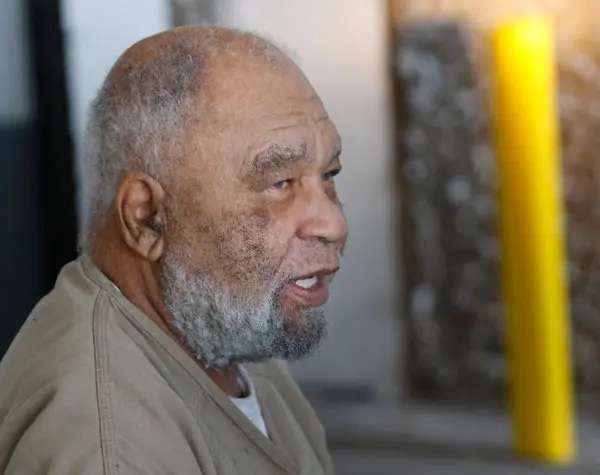
Samuel Little, possibly America’s deadliest serial killer, terrorized multiple states over four decades, claiming the lives of up to 93 people. Most of his victims were women, with many being Black, and some working as sex workers. Tragically, the police often displayed a startling lack of concern when sex workers were the victims.
Little’s chilling confession and the law enforcement’s indifference highlight the stark reality that the lives of sex workers, particularly those who are Black, are often disregarded by both society and the authorities.
The Arrest of Rex Heuermann
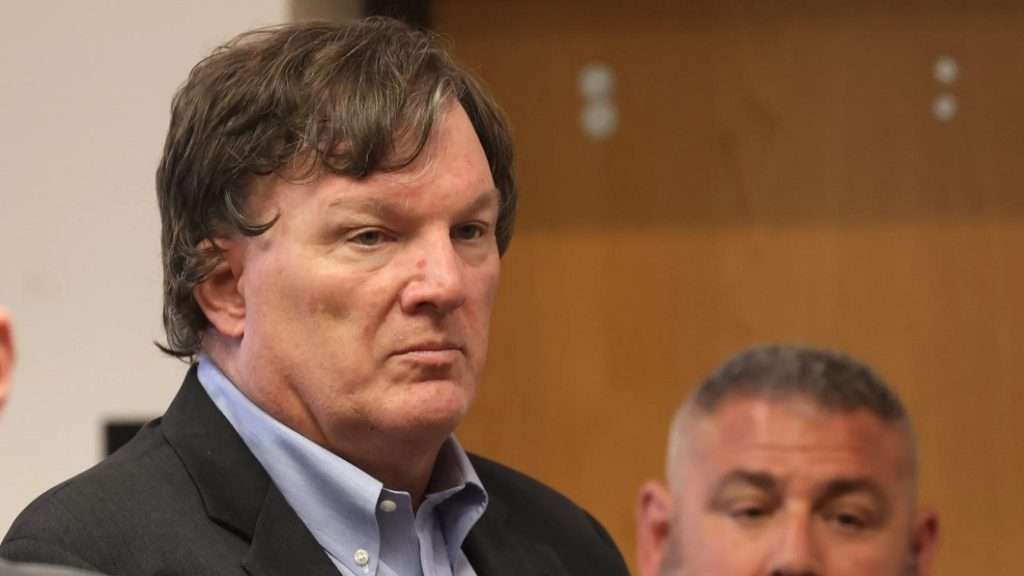
On July 14, Rex Heuermann was arrested for the murders of Melissa Berthelemy, Megan Waterman, and Amber Lynn Costello in Gilgo Beach. He pleaded not guilty to the charges. Heuermann has also been identified as the primary suspect in the murder of Maureen Brainard-Barnes, as reported by the New York Daily News.
Since 1996, the bodies of seven other individuals have been discovered near Gilgo Beach. Tragically, the investigation into these murders was plagued by incompetence and a police chief who allegedly spurned FBI assistance and was eventually indicted on charges related to the assault of a criminal suspect.
It took the appointment of a new police chief to establish a task force that finally led to the arrest of a suspect in this harrowing case. Serial killers target sex workers because our society fails to recognize their inherent worth. Rex Heuermann stands accused of murdering mothers, sisters, daughters, and friends. Violence against sex workers is violence against all women.
You might also read:

